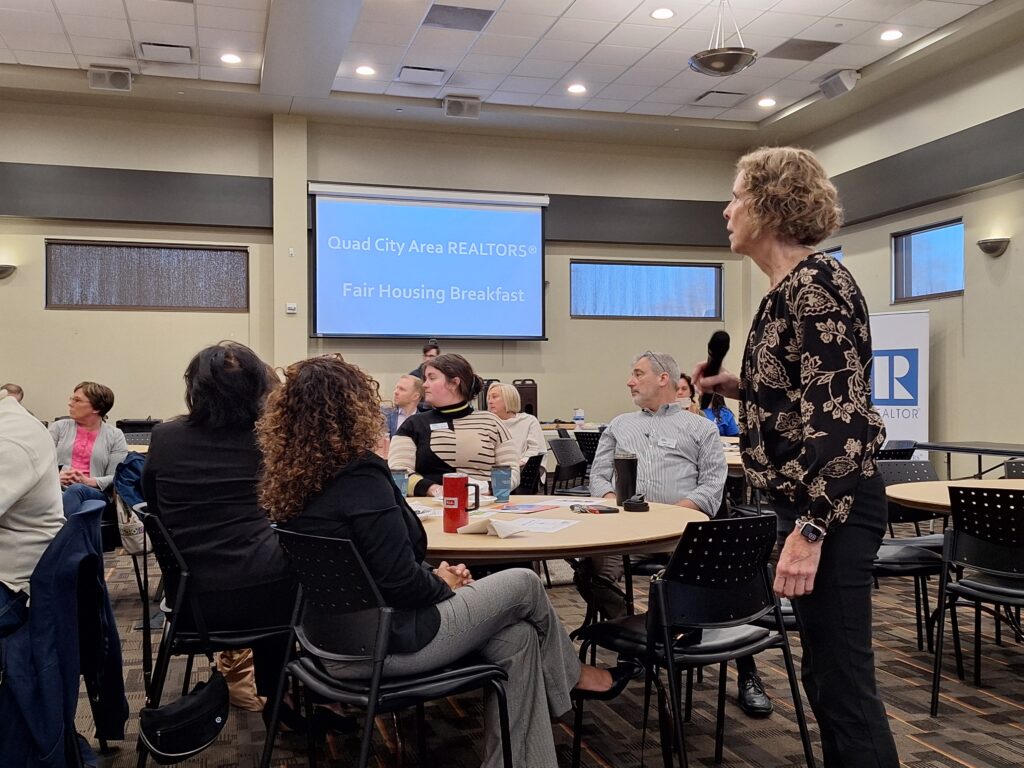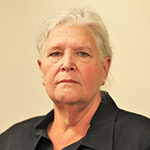5 Employee Benefits Trends to Watch in 2026
Business Perspectives

Sharon Smith, CEO of the Quad City Area Realtors, takes a question from the crowd at the Friday, April 11, QCAR Legislative Breakfast at the Martin Luther King Jr. Center in Rock Island. CREDIT KENDA BURROWS
Illinois and the Quad Cities are facing a housing crisis that is further blocking the path to the American Dream of homeownership and regional leaders were urged to remain committed to ending it at this year’s annual Fair Housing Legislative Breakfast.
Attendees at the Quad City Area Realtors (QCAR) event Friday, April…

Get immediate, unlimited access to all subscriber content and much more.
Learn more in our subscriber FAQ.
Do you want to read and share this article without a paywall?
